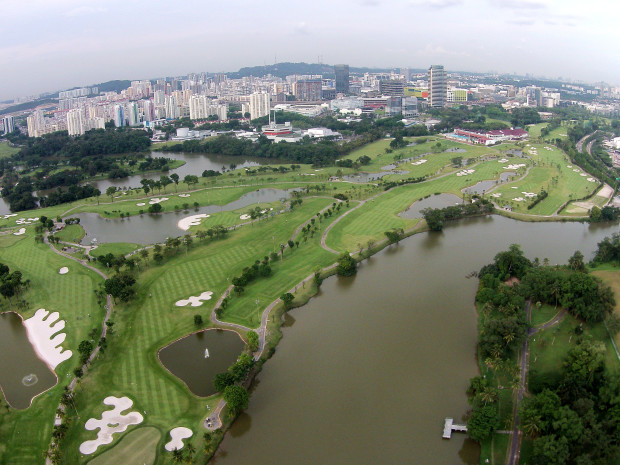Singapore-KL High Speed Rail: 8 things to know
First conceived in 2013, the Singapore-Kuala Lumpur High Speed Rail (HSR) has been three years in the making.
Work for the historic rail link, a key bilateral project for both Singapore and Malaysia, will formally start once the signing of a Memorandum of Understanding (MOU) is completed.
Singapore Prime Minister Lee Hsien Loong was in Putrajaya on Tuesday (July 19) for the signing of the agreement with his Malaysian counterpart Najib Razak.
The rail project has been billed as a “game-changer” that will boost connectivity, strengthen economic ties and forge closer ties between people of both countries
Here are eight points to note about the HSR project.
1. COMMENCEMENT DATE. Both Singapore and Malaysia are working towards starting HSR operations by around 2026.
2. EIGHT STATIONS. The line will consist of eight stations, seven of which will be in Malaysia.
The Singapore station will be located at Jurong East, where Jurong Country Club is currently located.
The 40-year-old club is expected to hand over the land by November 2016.
The planned stations are Kuala Lumpur, Putrajaya, Seremban, Ayer Keroh, Muar, Batu Pahat, Iskandar Puteri and Singapore.
3. TRACK WILL BE 350KM LONG. The project will involve the construction of a brand-new line with dedicated tracks, which will allow trains to reach a maximum speed in excess of 300kmh; 335km of the track will be set in Malaysia, with the Singapore stretch spanning 15km.
4. SHORTER TRAVEL TIME. The HSR is expected to trim travel times to just 90 minutes, compared with the four to five hours needed to travel by road between Singapore and Kuala Lumpur.
5. THREE SERVICES WITH TWO SEPARATE OPERATORS. The HSR system will consist of three services, helmed by two different operators, OpCo International and OpCo Domestic.
The Express and Shuttle services by OpCo International will consist of the Kuala Lumpur to Singapore stations stretch and the Iskandar Puteri and Singapore stations stretch respectively.
The Domestic service will consist of stations within Malaysia only, from Kuala Lumpur to Iskandar Puteri stations.
Having two different OpCos will allow the HSR to better cater to the different needs of their passenger profiles.
OpCo Domestic will also give Malaysia more flexibility to regulate its own internal service.
The Express and Shuttle service will be given scheduling and operational priority over the Domestic Service.
6. EACH COUNTRY IS IN CHARGE OF ITS OWN STATIONS AND INFRASTRUCTURE. The Singapore and Malaysia governments will be responsible for developing, constructing and maintaining the civil infrastructure and stations within their own countries.
This will be undertaken by MyHSR Corporation in Malaysia and the Land Transport Authority in Singapore.
7. IMPLEMENTATION OF A BILATERAL COMMITTEE. A Bilateral Committee will have oversight over all matters that may affect the Express and Shuttle Services.
A working level Joint Project Team will also handle all matters that require coordination and joint engagement between Singapore and Malaysia.
8. CO-LOCATED CIQ CONCEPT. Both nations have agreed that the Singapore and Malaysia Customs, Immigration & Quarantine (CIQ) facilities will be co-located at three locations – Kuala Lumpur, Iskandar Puteri and Singapore.
International-bound passengers will only need to go through CIQ clearance by both Singapore and Malaysia authorities at the point of departure, ensuring swift and seamless travel.
RELATED STORIES
Singapore to Malaysia in just 5 minutes? It’s now possible
